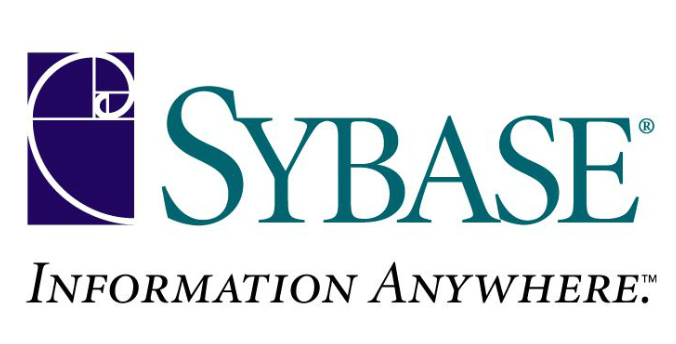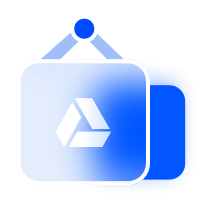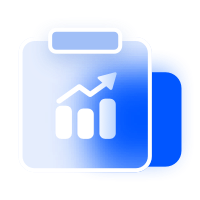sybase powerbuilder
软件: sybase
Sybase PowerBuilder: A Comprehensive Overview
Sybase PowerBuilder is a legacy rapid application development (RAD) tool developed by PowerSoft (later acquired by Sybase, which was then acquired by SAP). It was designed primarily for building client/server (C/S) database applications but evolved to support web and distributed systems. PowerBuilder uses a visual, event-driven approach and the PowerScript programming language to accelerate development, making it popular for enterprise applications in the 1990s–2000s.
Key Features
1. Visual Development & PowerScript
PowerBuilder offers an intuitive graphical interface for designing user interfaces (UIs) with drag-and-drop controls (windows, buttons, menus). Its PowerScript language—an object-oriented, 4GL—simplifies database interactions, business logic, and UI workflows. Developers can write event handlers (e.g., button clicks) without manual memory management, reducing coding time.
2. DataWindow: The Core Component
The DataWindow is PowerBuilder’s most iconic feature, enabling efficient data access, manipulation, and presentation. It abstracts SQL complexity, allowing developers to define data sources (SQL queries, stored procedures) and customize how data is displayed (tables, charts, grids). DataWindows also support advanced features like sorting, filtering, and exporting to Excel/PDF, making them ideal for reporting.
3. Database Connectivity

PowerBuilder supports a wide range of relational databases (Oracle, SQL Server, DB2, Sybase ASE, MySQL) via native drivers or ODBC. This flexibility lets applications switch databases with minimal code changes, though performance optimizations are available for specific platforms (e.g., Sybase-specific drivers).
4. Object-Oriented Design
PowerBuilder embraces OOP principles: encapsulation (objects hide internal logic), inheritance (reusing code via parent/child objects), and polymorphism (methods behave differently based on context). Developers can create custom user objects (e.g., reusable UI components) to enhance reusability and maintainability.
5. Cross-Platform & Web Support
Early versions (e.g., PB 5.0) supported cross-platform deployment (Windows, UNIX). Later releases (PB 9.0+) introduced Web DataWindow (for web-based data display) and integration with JSP/ASP.NET for web applications. PB 11.5+ added support for .NET Framework, enabling deployment to Windows Forms, Web Forms, and Smart Clients.
Historical Versions & Evolution
1991 (v1.0): First released as a C/S-focused RAD tool, introducing DataWindow and PowerScript.
1996 (v5.0): Added web capabilities (saving DataWindows as HTML, ActiveX support).
2003 (v9.0): Shifted to three-tier architecture, supported JSP/XML/Web Services, and introduced PBNI (PowerBuilder Native Interface) for external component integration.
2007 (v11.0): Simplified .NET deployment (WinForms, Web Forms) and improved data window performance.
2011 (v12.0): Enhanced WPF/.NET integration, new IDE, and better cross-platform support.
Usage Scenarios
PowerBuilder excels in:
Enterprise C/S Applications: Legacy systems for finance, logistics, and manufacturing (e.g., order processing, inventory management).
Data-Driven Reporting: DataWindows simplify report generation with complex layouts and real-time data.
Web Migration: Older PB applications can be modernized with PB 11.5+’s web support, avoiding complete rewrites.
Legacy & Modern Relevance
While PowerBuilder’s popularity declined with the rise of newer technologies (Java, .NET, JavaScript frameworks), it remains in use for maintaining legacy enterprise systems. Its strengths—rapid development, DataWindow efficiency, and deep database integration—continue to support critical business applications. Modern extensions (e.g., Appeon for PowerBuilder) enable web/mobile deployment of legacy PB apps, extending their lifespan.
Sybase PowerBuilder is a legacy rapid application development (RAD) tool developed by PowerSoft (later acquired by Sybase, which was then acquired by SAP). It was designed primarily for building client/server (C/S) database applications but evolved to support web and distributed systems. PowerBuilder uses a visual, event-driven approach and the PowerScript programming language to accelerate development, making it popular for enterprise applications in the 1990s–2000s.
Key Features
1. Visual Development & PowerScript
PowerBuilder offers an intuitive graphical interface for designing user interfaces (UIs) with drag-and-drop controls (windows, buttons, menus). Its PowerScript language—an object-oriented, 4GL—simplifies database interactions, business logic, and UI workflows. Developers can write event handlers (e.g., button clicks) without manual memory management, reducing coding time.
2. DataWindow: The Core Component
The DataWindow is PowerBuilder’s most iconic feature, enabling efficient data access, manipulation, and presentation. It abstracts SQL complexity, allowing developers to define data sources (SQL queries, stored procedures) and customize how data is displayed (tables, charts, grids). DataWindows also support advanced features like sorting, filtering, and exporting to Excel/PDF, making them ideal for reporting.
3. Database Connectivity

PowerBuilder supports a wide range of relational databases (Oracle, SQL Server, DB2, Sybase ASE, MySQL) via native drivers or ODBC. This flexibility lets applications switch databases with minimal code changes, though performance optimizations are available for specific platforms (e.g., Sybase-specific drivers).
4. Object-Oriented Design
PowerBuilder embraces OOP principles: encapsulation (objects hide internal logic), inheritance (reusing code via parent/child objects), and polymorphism (methods behave differently based on context). Developers can create custom user objects (e.g., reusable UI components) to enhance reusability and maintainability.
5. Cross-Platform & Web Support
Early versions (e.g., PB 5.0) supported cross-platform deployment (Windows, UNIX). Later releases (PB 9.0+) introduced Web DataWindow (for web-based data display) and integration with JSP/ASP.NET for web applications. PB 11.5+ added support for .NET Framework, enabling deployment to Windows Forms, Web Forms, and Smart Clients.
Historical Versions & Evolution
1991 (v1.0): First released as a C/S-focused RAD tool, introducing DataWindow and PowerScript.
1996 (v5.0): Added web capabilities (saving DataWindows as HTML, ActiveX support).
2003 (v9.0): Shifted to three-tier architecture, supported JSP/XML/Web Services, and introduced PBNI (PowerBuilder Native Interface) for external component integration.
2007 (v11.0): Simplified .NET deployment (WinForms, Web Forms) and improved data window performance.
2011 (v12.0): Enhanced WPF/.NET integration, new IDE, and better cross-platform support.
Usage Scenarios
PowerBuilder excels in:
Enterprise C/S Applications: Legacy systems for finance, logistics, and manufacturing (e.g., order processing, inventory management).
Data-Driven Reporting: DataWindows simplify report generation with complex layouts and real-time data.
Web Migration: Older PB applications can be modernized with PB 11.5+’s web support, avoiding complete rewrites.
Legacy & Modern Relevance
While PowerBuilder’s popularity declined with the rise of newer technologies (Java, .NET, JavaScript frameworks), it remains in use for maintaining legacy enterprise systems. Its strengths—rapid development, DataWindow efficiency, and deep database integration—continue to support critical business applications. Modern extensions (e.g., Appeon for PowerBuilder) enable web/mobile deployment of legacy PB apps, extending their lifespan.











